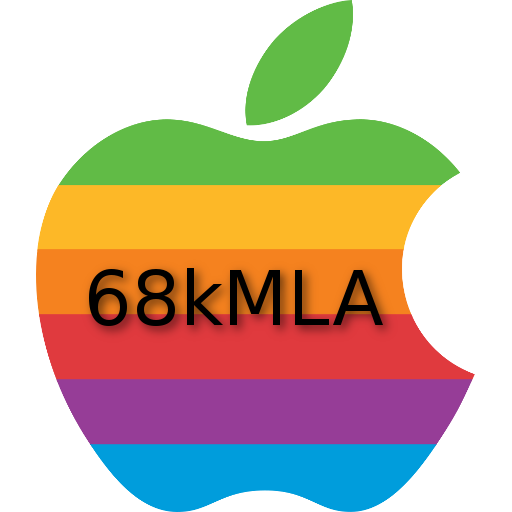Oh I'd have no idea
FTP depends on which side you're doing it from. If you do it from OS X or Windows, the easiest is probably FileZilla Server if the built-in server is not an option. It only recently came out for OS X because starting in 10.13 High Sierra the built-in FTP server was removed and the ftp client in the Terminal was removed. (yikes on the last one...i'd have some serious reservations about that one.)
If you do it from Mac OS side, I prefer and recommend NetPresenz -- simple, super easy to set up, literally less than 5 minutes, but if you're looking for beyond that it's not going to do as well as say, Rumpus.
Modern AFP doesn't have to be complicated, as all the systems that ran AFP capped out a 1000BASE-T but mostly 100BASE-T. In any case, for Linux or inside a Linux VM, netatalk is the best option at the moment. Otherwise, I'd just use a OS 9/Jaguar/Tiger box.
If you need more information beyond that, hollar.
EDIT: Now that I'm thinking about this, I did a quick refresh on LEM's page on CommSlot ethernet / modem cards. Why not just make it compatible with CommSlot I and II? While making it compatible with 100BASE-T networks is viable, I checked ebay quickly (oh hey there's two iPrint LTs for 68$ for the pair...not bad if you can source your own power brick, which is pretty easy tbh) and there's one CommSlot I card up there. LEM does say the 100BASE-T CSII cards had compatiblity issues, but maybe they didn't have the same ethernet chip as yours does.
CommSlot I and II compatible modems are making use of the common modem port serial lines they share on the connector. For Ethernet they are very different data buses on the connector, CommSlot I has an 030 ”PDS” bus while CommSlot II has a PCI bus. Seems like that would be pretty hard to have a device support both, but we can dream!

